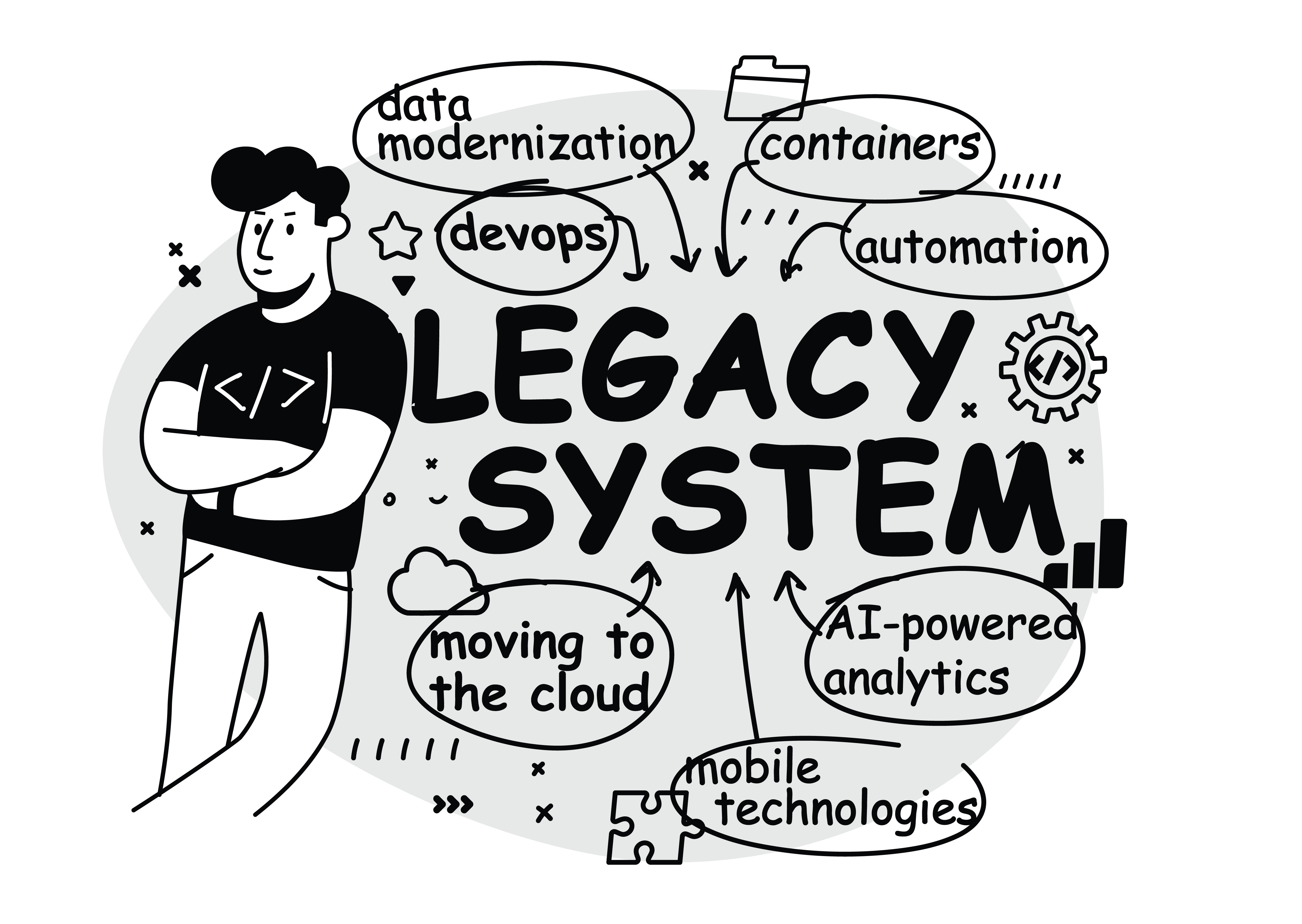Automation in manufacturing has been transforming the way products are produced for decades. From the early days of assembly lines to the current trend of smart manufacturing, automation has played a crucial role in increasing efficiency, reducing costs, and improving product quality. This blog post will explore the evolution of automation in manufacturing, its benefits and challenges, and the future of automation in the industry.
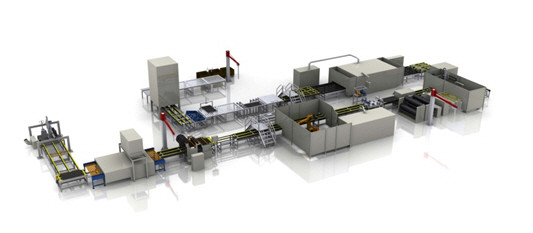
Introduction to Automation in Manufacturing
Automation in manufacturing refers to using various technologies to automate production processes. These technologies can range from simple machines like conveyor belts to advanced robotics systems and artificial intelligence (AI) algorithms. The primary goal of automation is to achieve production efficiency and cost savings by reducing manual labor, minimizing errors, and improving product quality.
Automation in manufacturing dates back to the early 1900s when Henry Ford introduced his assembly line idea to mass-produce automobiles. The assembly line allowed Ford to produce cars faster and cheaper, leading to the creation of the first affordable car, the Model T. Since then, the concept of automation has evolved significantly, with new technologies and processes being developed to optimize production.
The Evolution of Manufacturing Automation
The evolution of manufacturing automation can be divided into three main phases. The first phase was the mechanization of production, which involved using simple machines like pulleys and levers to automate manual labor. This phase lasted from the early 1800s to the mid-1900s and was characterized by introducing of the assembly line and mass production.
The second phase was the introduction of automation technologies like programmable logic controllers (PLCs) and computer numerical control (CNC) machines. This phase began in the 1970s and allowed manufacturers to automate more complex processes with greater precision and flexibility.
The third phase is the current trend of smart manufacturing, which involves the integration of advanced technologies like robotics, AI, and the Internet of Things (IoT) to create fully autonomous and interconnected production systems. In addition, smart manufacturing aims to optimize entire supply chains, from product design to delivery, by leveraging data analytics and real-time monitoring.
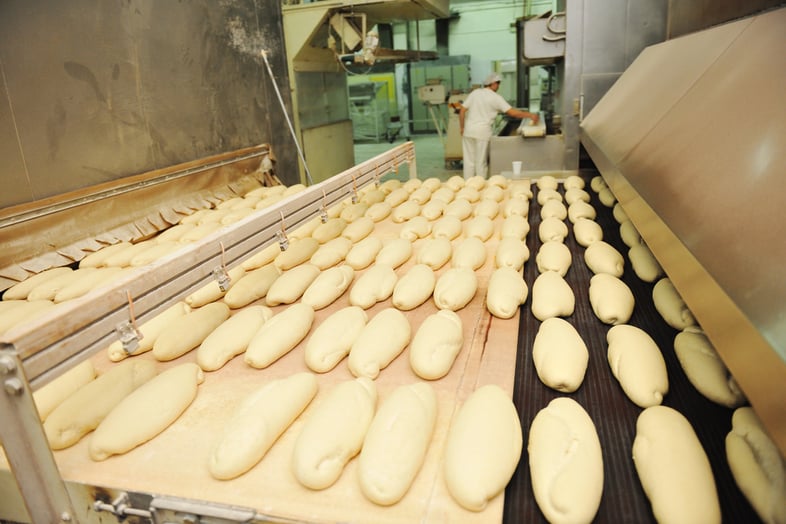
Benefits of Automation in Manufacturing
Automation has numerous benefits for the manufacturing industry, including increased productivity, reduced costs, improved quality, and enhanced safety. By automating production processes, businesses can produce goods faster and more efficiently, reducing the time it takes to bring products to market.
Automation can also help to reduce costs by minimizing the need for manual labor and reducing the risk of errors, which can result in costly rework. Improved quality is another benefit of automation, as machines can perform tasks with high precision and accuracy, reducing the risk of defects.
Finally, automation can help enhance manufacturing industry safety by reducing the risk of accidents and injuries. Businesses can protect their workers from harm by automating dangerous or repetitive tasks.
Automation Technologies - Robotics, AI, and IoT
The most common automation technologies in manufacturing are robotics, AI, and IoT. Robotics is using robots to perform tasks that would otherwise require manual labor. Robots can be programmed to perform various functions faster and more accurately than humans, from assembly to quality control.
AI refers to using algorithms and machine learning to perform tasks that would otherwise require human intelligence. For example, AI can optimize processes, predict maintenance needs, and even perform quality inspections in manufacturing.
IoT integrates sensors and data analytics to create interconnected systems that monitor and optimize production processes in real-time. IoT can track inventory, monitor equipment performance, and predict maintenance needs.
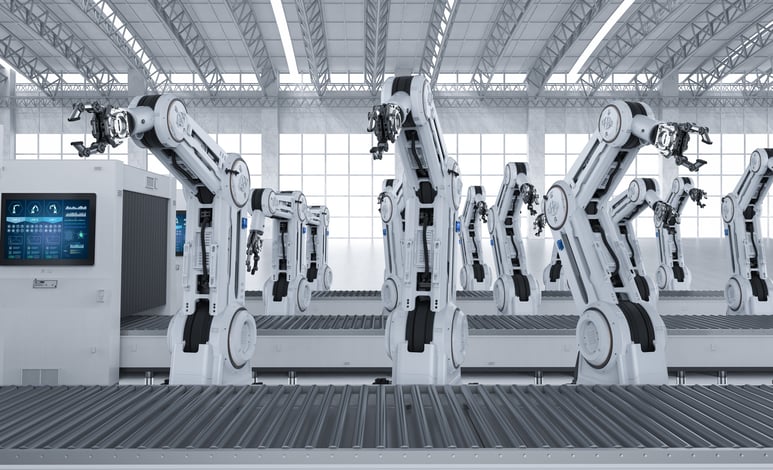
The Role of Automation in Smart Manufacturing
The role of automation in smart manufacturing is to create fully autonomous and interconnected production systems that can optimize entire supply chains. Smart manufacturing leverages advanced technologies like robotics, AI, and IoT to develop strategies to learn from data and adjust processes in real-time.
One of the key benefits of smart manufacturing is the ability to create highly customized products on demand. Manufacturers can develop products that meet individual customer needs by leveraging data analytics and real-time monitoring without sacrificing efficiency or quality.
Examples of Automated Manufacturing Processes
Automated manufacturing processes are becoming increasingly popular in today's world. These processes involve using machines and computers to carry out tasks that humans once did. One of the most common examples of automated manufacturing is using robots to assemble products. These robots are programmed to perform tasks like welding, painting, or screwing in bolts. They can work faster and more accurately than humans, increasing productivity and decreasing costs.
Another example of an automated manufacturing process is computer numerical control (CNC) machines. These machines use computer software to control their movements, allowing them to precisely cut, shape, and drill materials. This technology is often used to produce aerospace and automotive components and create molds and dies.
In addition to robots and CNC machines, there are many other examples of automated manufacturing processes. These include using conveyor belts to move products from one stage of production to another, using sensors to monitor the quality of products as they are being made, and using 3D printing to create complex shapes and designs.
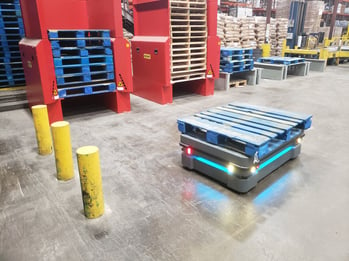
Overall, automated manufacturing processes can help businesses improve their efficiency, reduce costs, and increase competitiveness. By embracing these technologies, companies can stay ahead of the curve and remain relevant in an increasingly competitive global marketplace.
The Impact of Automation on Jobs in Manufacturing
The impact of automation on jobs in manufacturing is a topic of much debate. While automation has created new jobs in fields like robotics and AI, it has also displaced many manual labor jobs.
However, automation has also created more highly skilled jobs, such as those in programming and data analytics. Moreover, the need for highly skilled workers will only increase as the trend toward smart manufacturing continues.
According to a report by the World Economic Forum, automation is expected to create 12 million new jobs by 2025 while displacing 75 million jobs. However, the report notes that the net effect of automation on employment is likely to be positive, as businesses that adopt automation are likely to see increased productivity and growth.
Challenges and Risks of Automation in Manufacturing 
One of the main challenges of automation in manufacturing is the initial investment required to implement automation technologies. While automation can lead to long-term cost savings and increased efficiency, the upfront costs can be significant.
Another challenge is requiring highly skilled workers to design, program, and maintain automated systems. As automation technologies become more advanced, the need for highly skilled workers to utilize and maintain these systems will only increase.
Finally, there are risks associated with automation, such as the potential for cyber-attacks and equipment failure. These risks must be carefully managed to ensure the safety and reliability of automated systems.
Future of Automation in Manufacturing
The future of automation in manufacturing is bright, with new technologies and processes being developed to optimize production. The trend towards smart manufacturing is expected to continue, with more advanced technologies like 5G and edge computing integrated into automated systems.
Additionally, augmented reality (AR) and virtual reality (VR) technologies are expected to increase, allowing workers to visualize and optimize production processes in real time. Finally, sustainable manufacturing is expected to continue, with automation technologies that reduce waste and energy consumption.
Conclusion
Automation in manufacturing has come a long way since the early days of the assembly line. Today, automation technologies like robotics, AI, and IoT are transforming the industry, creating fully autonomous and interconnected systems that optimize entire supply chains. While automation has challenges and risks, the benefits are significant, and the future is bright.
The role of automation in manufacturing will only continue to grow as new technologies and processes are developed. Whether it's the use of AR and VR to visualize production processes or the integration of 5G and edge computing into automated systems, the future of manufacturing is exciting and full of possibilities.






